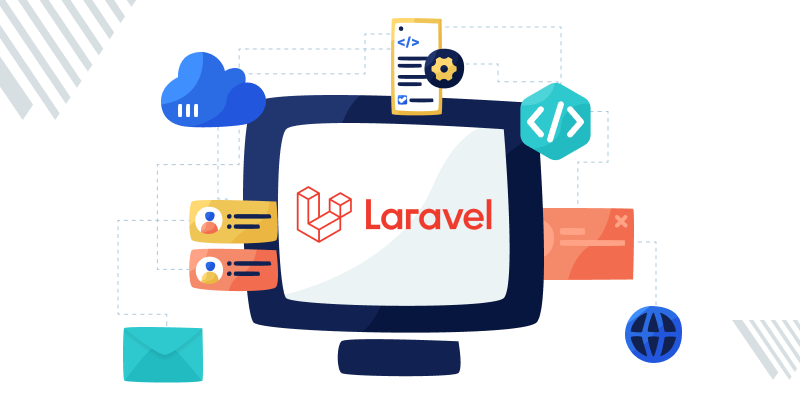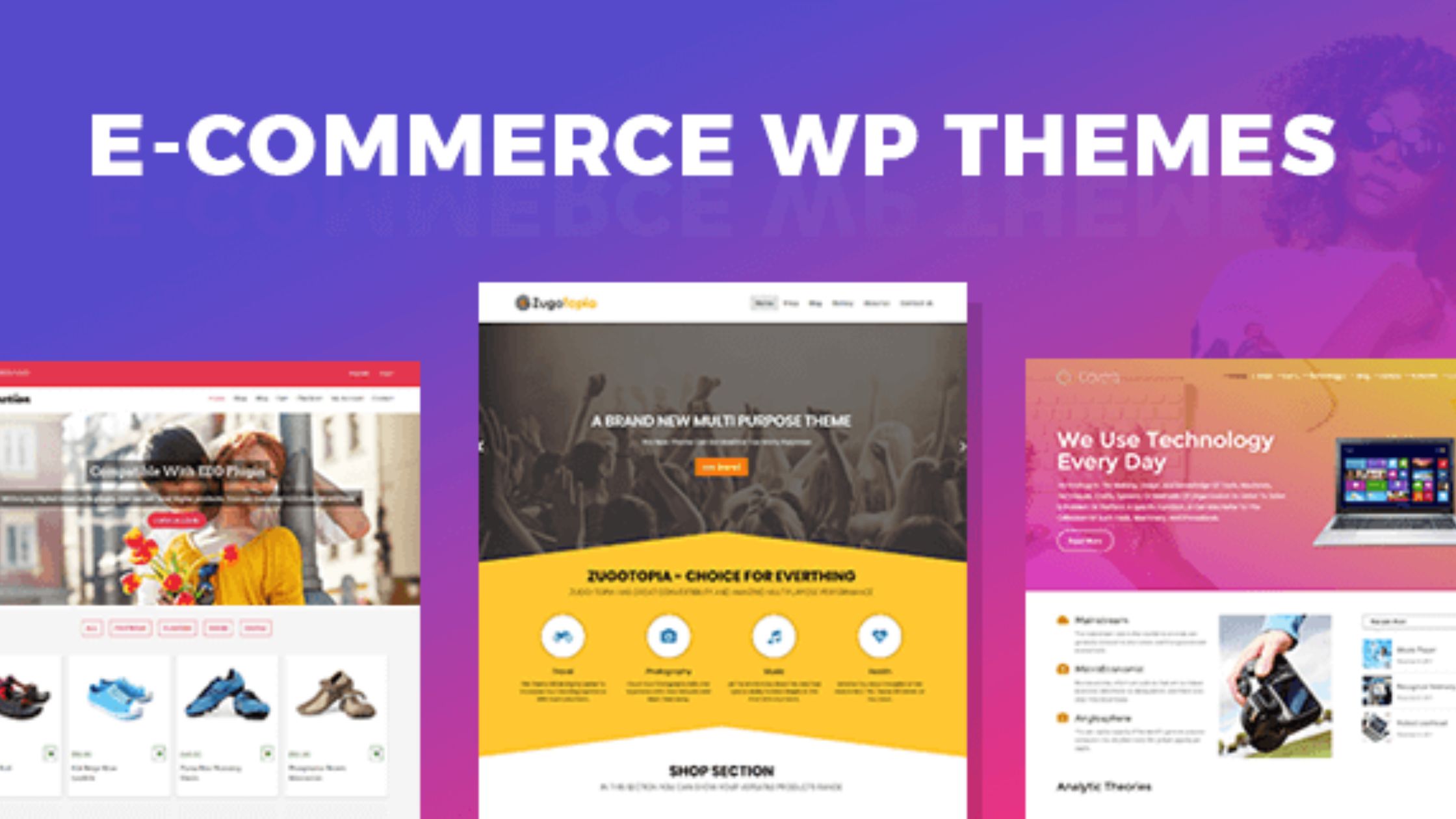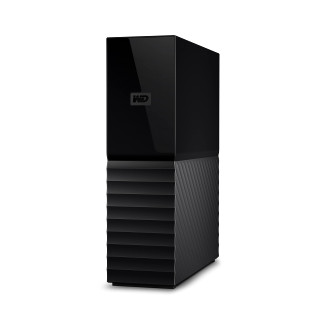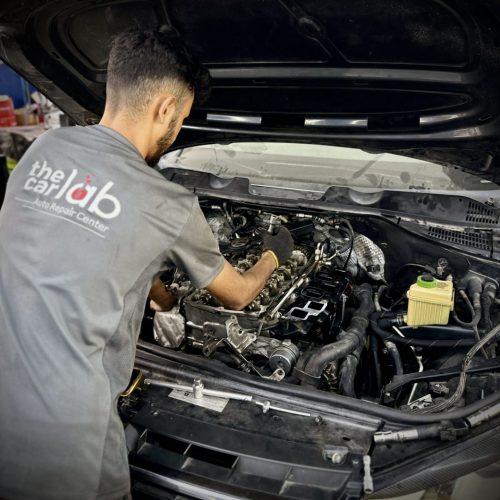Developers and businesses seek frameworks that enhance efficiency, security, and scalability. Laravel, a widely popular PHP framework, continues to be a top choice for building web-based applications. But why use Laravel in 2025? This listicle explores the core benefits of Laravel and how it accelerates web development, making it an essential tool for modern developers.
Why Use Laravel Framework for Web Development?
Laravel offers a clean and elegant syntax, making it easier for developers to build applications. Its well-structured architecture supports rapid development, allowing businesses to launch projects faster. Laravel follows the MVC (Model-View-Controller) pattern, which ensures better organization and maintainability. The framework’s active community and frequent updates make it a reliable choice for long-term projects. Moreover, Laravel simplifies complex coding tasks, reducing development time significantly.
Laravel is also highly adaptable, allowing seamless integration with various third-party services such as payment gateways, cloud storage, and APIs. With built-in testing functionalities, developers can ensure that their applications remain bug-free and high-performing. These qualities make Laravel a go-to framework for businesses looking to scale their applications efficiently. If you’re planning to build a robust web solution, it’s essential to hire Laravel developer who can leverage its full potential for your project.
Top 11 Features of Laravel
1. Eloquent ORM
Laravel’s Eloquent ORM simplifies database management with an intuitive Active Record implementation, allowing developers to interact with databases using expressive syntax. This feature enhances database interactions, making queries easier and reducing the chances of errors.
2. Blade Templating Engine
The Blade templating engine allows developers to create dynamic, reusable views without cluttering the codebase. This lightweight yet powerful engine ensures faster rendering and better maintainability of templates.
3. Built-in Authentication
Laravel provides robust authentication and authorization features, reducing the need for developers to build security mechanisms from scratch. This feature ensures user authentication is both secure and hassle-free.
4. Artisan CLI
The command-line interface (CLI) in Laravel, called Artisan, streamlines repetitive tasks such as database migrations, seeding, and testing. Developers can automate key processes, improving workflow efficiency.
5. Database Migrations
Migrations help developers version-control their databases and make schema changes with ease. They eliminate the need to write raw SQL queries manually, reducing errors and maintaining database consistency across development environments.
6. Middleware
Middleware offers enhanced security and request filtering, ensuring better application performance. This feature allows developers to apply security layers, such as authentication and authorization, at the request level.
7. Queues & Task Scheduling
Laravel’s queue system allows developers to defer time-consuming tasks, enhancing app performance and response times. Background processing improves user experience by reducing the time required for operations such as email notifications and report generation.
8. Laravel Horizon
Horizon provides a dashboard for monitoring queue operations, making background task management easier. It offers real-time insights into job execution, helping developers optimize their applications efficiently.
9. Laravel Sanctum & Passport
For API authentication, Laravel offers Sanctum for simple token-based authentication and Passport for OAuth-based authentication. These tools ensure secure API interactions and seamless integration with third-party services.
10. Laravel Livewire
Livewire enables seamless full-stack development by allowing developers to build dynamic interfaces without using JavaScript frameworks. This feature is particularly useful for applications requiring real-time user interaction.
11. Security Enhancements
Laravel includes CSRF protection, SQL injection prevention, and secure authentication mechanisms. It also supports encryption, ensuring that sensitive data remains protected from potential threats.
Popular Combinations in Laravel
Many developers pair Laravel with various technologies to maximize efficiency and functionality. Some of the most common combinations include:
- Laravel + Vue.js: For creating interactive and dynamic front-end experiences.
- Laravel + React.js: Ideal for developing modern, high-performance applications.
- Laravel + Inertia.js: Bridges the gap between single-page applications (SPAs) and traditional web apps.
- Laravel + Tailwind CSS: For rapid front-end development with utility-first styling.
- Laravel + MySQL/PostgreSQL: To leverage relational databases efficiently.
- Laravel + Redis: For caching and improving application performance.
- Laravel + Docker: To containerize applications for easy deployment and scalability.
- Laravel + AWS: To leverage cloud computing for hosting and storage solutions.
Why Use Laravel for Web Application
Laravel is a powerful framework for building scalable, secure, and maintainable web applications. With built-in features like authentication, database management, and routing, it streamlines development. Its flexibility allows developers to create a variety of solutions, from simple blogs to complex enterprise systems. Many web app examples showcase Laravel’s capabilities in delivering efficient and high-performing applications.
Laravel’s extensive package ecosystem also enhances its functionality, allowing businesses to integrate features like real-time notifications, advanced analytics, and AI-driven automation.
What is Laravel Used For?
Laravel is a powerful, open-source PHP framework designed to simplify web application development. Its elegant syntax and robust features make it a go-to choice for developers worldwide. Laravel’s versatility allows it to be used across different types of web applications, from simple websites to complex enterprise solutions. Additionally, Laravel Packages enhance its functionality, providing developers with pre-built solutions to streamline development. Below are some of the key areas where Laravel is widely used:
1. E-Commerce Platforms
E-commerce businesses require a secure, scalable, and efficient backend framework to handle various functionalities such as product management, order processing, payment gateways, and customer interactions. Laravel provides built-in support for these needs with features like:
- Secure Authentication and Authorization: Laravel’s authentication system ensures secure user logins and access controls.
- Robust Database Management: Laravel’s Eloquent ORM simplifies database operations, allowing seamless management of products and inventory.
- Scalability: Laravel’s modular structure makes it easy to scale an e-commerce platform as the business grows.
- Integration with Payment Gateways: Laravel supports Stripe, PayPal, and other payment systems for smooth transactions.
Popular Laravel-based e-commerce solutions include Bagisto and Aimeos, which are widely used for building online stores.
2. Content Management Systems (CMS)
A CMS is essential for businesses and individuals looking to manage digital content efficiently. Laravel enables developers to build custom CMS solutions with:
- User-friendly Admin Panels: Laravel can integrate with tools like Nova and Filament for an intuitive admin experience.
- Customizable Content Management: Developers can create tailor-made solutions suited to specific business needs.
- SEO Optimization: Laravel helps optimize web applications for search engines, ensuring better visibility.
Popular Laravel-based CMS platforms include October CMS and Statamic.
3. Enterprise Applications
Large-scale businesses require enterprise-level solutions that can handle high volumes of data, users, and transactions. Laravel is an ideal choice due to its:
- Modular Architecture: Laravel’s package system allows developers to extend functionality as needed.
- Robust Security Features: Protects enterprise applications from SQL injection, CSRF attacks, and other vulnerabilities.
- Task Scheduling and Queue Management: Laravel’s queue system ensures efficient background processing, which is essential for large-scale applications.
Organizations such as Toyota and BBC leverage Laravel for enterprise-grade applications.
4. SaaS Applications
Software-as-a-service (SaaS) applications require a flexible and secure framework. Laravel offers key features that make it a preferred choice for SaaS development:
- Multi-Tenant Support: Laravel allows the creation of applications that serve multiple clients with different data sets.
- Built-in Authentication: Ensures user security with role-based access control.
- API-First Approach: Laravel enables the creation of powerful RESTful APIs for seamless integration with third-party services.
A notable example of a Laravel-powered SaaS application is Invoice Ninja, a widely used invoicing platform.
5. Social Networking Sites
Building a social networking platform requires a robust and scalable backend. Laravel offers features that support social applications, including:
- User Authentication & Role Management: Ensures secure user interactions and content restrictions.
- Real-Time Messaging & Notifications: Laravel supports WebSockets for real-time features like chat and notifications.
- API Development for Mobile Apps: Laravel’s API capabilities allow seamless communication between web and mobile applications.
6. API Development
Laravel is an excellent framework for developing RESTful and GraphQL APIs. It provides:
- Laravel Passport & Sanctum: Secure API authentication mechanisms.
- Resourceful Routing: Simplifies API endpoint management.
- Built-in Testing Features: Ensures APIs are reliable and bug-free.
7. Online Booking Systems
From hotel reservations to appointment scheduling, Laravel powers various online booking systems. Key features include:
- Event-driven Architecture: Handles bookings, cancellations, and notifications seamlessly.
- Integration with External APIs: Supports third-party booking and payment integrations.
- Real-Time Availability Updates: Ensures accurate scheduling for users.
8. Financial Applications
Financial applications require top-notch security and performance. Laravel’s robust security features make it suitable for fintech applications:
- Data Encryption: Protects sensitive financial data.
- Multi-Layer Authentication: Ensures high-level security for user access.
- Scalability: Supports growing financial businesses with high transaction volumes.
A well-known Laravel-powered financial application is Barchart, a market analytics platform.
Top Companies Using Laravel
Laravel’s popularity extends to several well-known companies across different industries. Some of the top companies using Laravel include:
- 9GAG: A viral content and meme-sharing platform leveraging Laravel’s content management capabilities.
- Alison: A leading e-learning platform built on Laravel.
- Invoice Ninja: A widely used invoicing and billing system.
- Barchart: A financial market analytics provider that uses Laravel for data processing.
- World Walking: A health and fitness application powered by Laravel.
- Toyota: Uses Laravel for internal project management tools.
- BBC: Implements Laravel in various content management solutions.
- Startups & Agencies: Many startups and digital agencies use Laravel for rapid prototyping and scalable development.
The Future of Laravel Development
Laravel continues to evolve with the latest web development trends. Some of the key advancements shaping Laravel’s future include:
1. AI & Machine Learning Integration
Laravel is increasingly being used to integrate artificial intelligence (AI) and machine learning (ML) for predictive analytics, personalized recommendations, and automated decision-making in applications.
2. Serverless Computing
With Laravel Vapor, developers can deploy Laravel applications on AWS Lambda, reducing infrastructure costs and improving scalability.
3. Microservices Architecture
More applications are shifting towards microservices, and Laravel’s modular structure makes it an excellent choice for microservices-based applications. Laravel can work with Lumen, a lightweight micro-framework, to build fast and efficient microservices.
4. Enhanced API Development
Laravel’s API resources will continue to improve, making it easier for developers to build and manage RESTful APIs. Future updates are expected to bring more built-in functionalities for API handling and authentication.
5. Performance Optimization
Laravel’s queue management system and caching mechanisms are constantly improving, leading to faster load times and better application performance. Technologies like Octane further enhance Laravel’s speed and efficiency.
6. Augmented Reality (AR) & Virtual Reality (VR) Integration
As AR and VR become more mainstream, Laravel will likely be used in applications requiring immersive user experiences, such as virtual showrooms and e-learning platforms.
7. Blockchain & Decentralized Applications (DApps)
With increasing interest in blockchain technology, Laravel may be leveraged to build decentralized applications and smart contract-based solutions.
Conclusion
Laravel is a dynamic and ever-evolving framework that continues to shape modern web development. From e-commerce platforms and CMS to SaaS applications and enterprise solutions, Laravel remains a preferred choice for developers worldwide. With ongoing advancements in AI, microservices, and serverless computing, the future of Laravel looks brighter than ever. Whether you’re a startup, an enterprise, or an individual developer, Laravel offers the tools and flexibility needed to build powerful and scalable applications.













